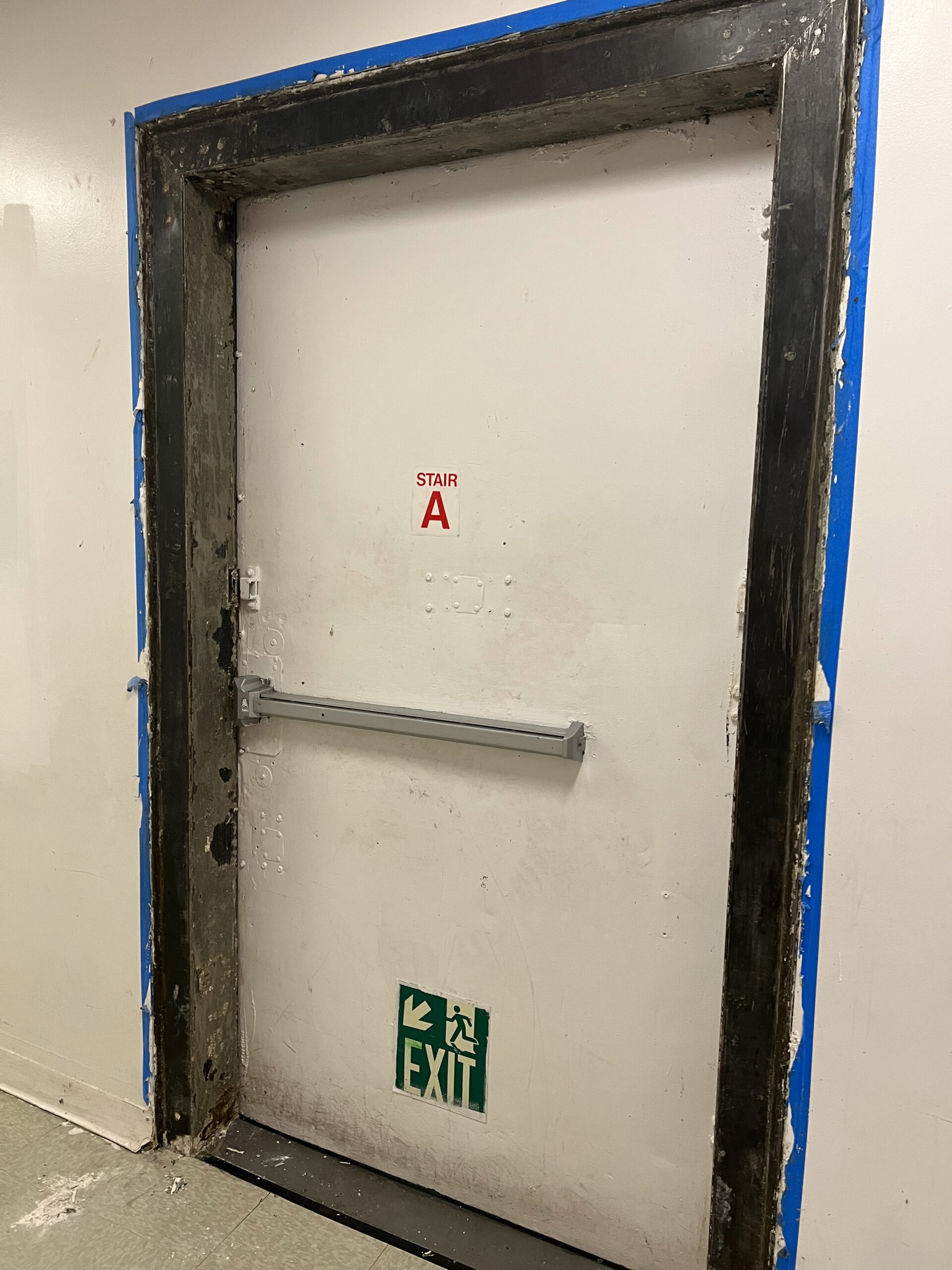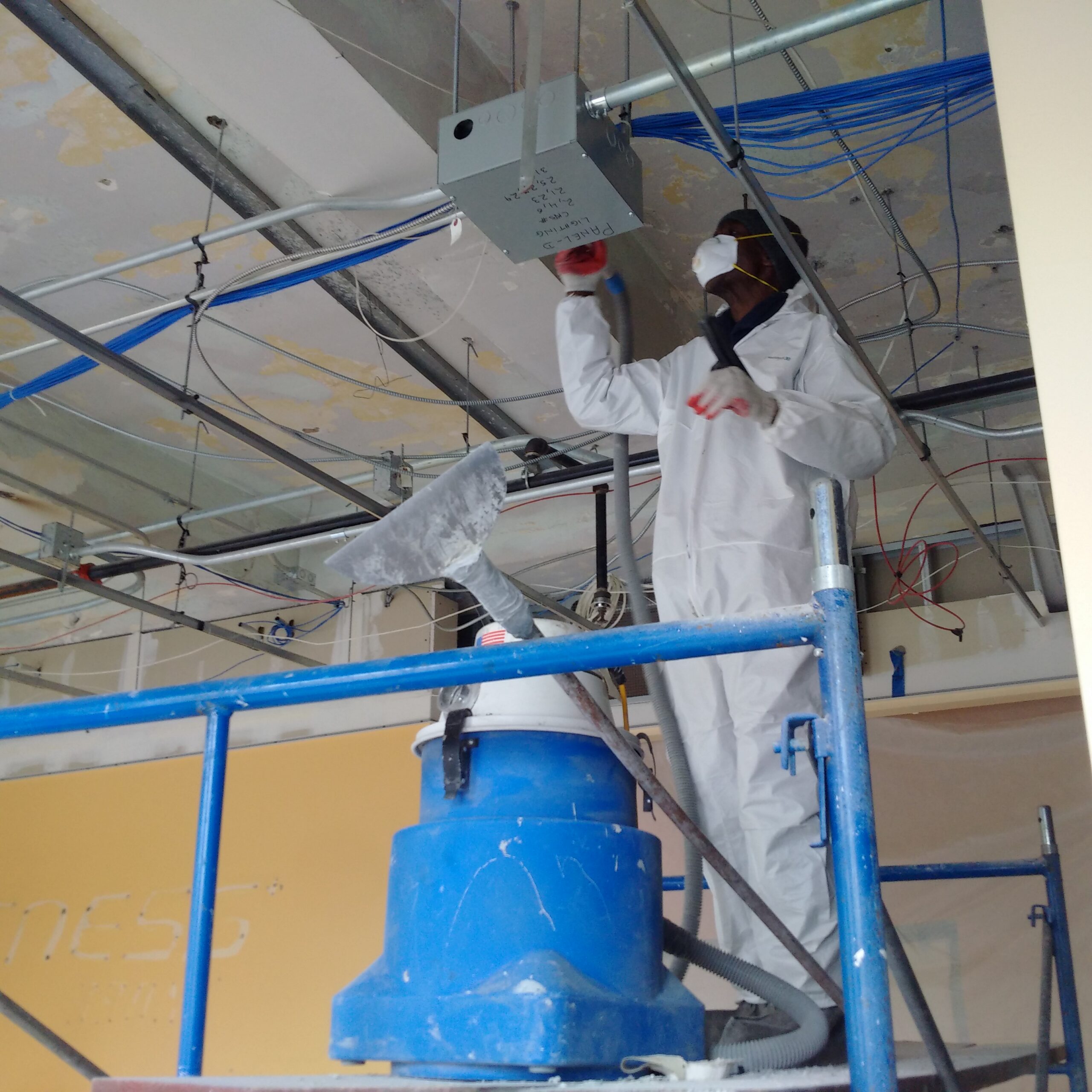DOH & HPD Lead Violation Removal NYC-- Specialist Solutions for Conformity
DOH & HPD Lead Violation Removal NYC-- Specialist Solutions for Conformity
Blog Article
Step-by-Step Process for Effective Lead Infraction Remediation
Resolving lead offenses demands a thorough and structured technique to guarantee both safety and security and governing conformity. The journey begins with the exact detection and evaluation of contamination sources, utilizing innovative analysis devices. Following this, adherence to government and state regulations is critical to formulating an efficient removal strategy. Such a plan should detail the particular methods and timelines for activity. The real removal calls for knowledgeable employees to carry out these strategies while purely following safety and security protocols. However what happens after the remediation is completed? The response lies in understanding the vital post-remediation methods that guarantee long-term security and area health.

Detection and Analysis
Discovery and evaluation are essential steps in the remediation of lead infractions. To make sure an efficient removal procedure, it is important to carry out a detailed exam of the environment where potential lead exposure exists.
When discovery is completed, a thorough assessment should be embarked on. This consists of reviewing the level and severity of contamination, in addition to determining populations in jeopardy, especially kids and expectant females. Threat analyses often involve tasting and research laboratory evaluation, ecological studies, and wellness effect research studies. The gathered data ought to be carefully documented to support the growth of a reliable removal technique (Lead Violation Removal in NYC).
Furthermore, it is vital to prioritize locations with the highest degree of contamination and those that posture the best health and wellness risks. Reliable interaction with stakeholders, consisting of homeowner, residents, and public wellness officials, is important for making sure that all parties are educated regarding the searchings for and the subsequent steps required for remediation. This preliminary discovery and evaluation stage lays the foundation for a successful lead violation removal procedure.

Legal and Regulatory Conformity
Browsing the landscape of legal and governing compliance is an essential facet of successful lead offense remediation. Conformity ensures not only the safety and security of affected populations however also the integrity and legal standing of the organization accountable for removal.
State and local regulations can vary, commonly enforcing added obligations or more stringent standards. As a result, a detailed understanding of all relevant legal frameworks is essential. This includes careful documents of all remediation activities to demonstrate conformity. Failing to stick to these laws can cause extreme charges, including large fines, lawsuit, and reputational damages.
Involving legal experts concentrated on ecological legislation can facilitate browsing these complexities. Routine training and accreditation for all workers involved in the removal process are also mandatory to ensure adherence to safety and security and regulative requirements. By focusing on lawful and regulatory conformity, organizations can effectively minimize dangers and accomplish an effective remediation outcome.
Preparation the Remediation
Properly planning the remediation of lead offenses begins with a complete assessment of the contaminated site. This data-driven approach makes sure that removal initiatives are appropriately targeted and effective.
As soon as the contamination is mapped, a risk evaluation must be conducted to assess prospective wellness threats to human beings and the environment. Lead Violation Removal in NYC. This evaluation must take into consideration elements such as direct exposure paths, populace susceptability, and eco-friendly impacts. The understandings gathered will form the basis for selecting a suitable removal method
Subsequently, establishing clear, attainable goals for the removal task is critical. These purposes need to line up with regulatory standards and stakeholder assumptions to guarantee conformity and area approval. Establishing a you can find out more detailed remediation strategy that outlines techniques, timelines, and source appropriation will certainly promote a structured strategy to the cleaning process.
Additionally, it is vital to engage with stakeholders early and maintain transparent communication throughout the preparation phase. This consists of educating neighborhood communities, acquiring essential licenses, and coordinating with governing firms to ensure all lawful and step-by-step needs are fulfilled. A well-crafted removal strategy not just deals with the contamination efficiently however likewise develops trust fund and cooperation among all parties entailed.
Carrying Out the Remediation
With a well-structured removal strategy in position, the emphasis shifts to the actual execution of the removal tasks. This stage includes activating the needed sources, consisting of competent employees, specific tools, and top notch products. Begin by plainly marking roles and duties to ensure liability and seamless sychronisation amongst employee.
This includes establishing up control areas to avoid lead dust and particles from dispersing, as well as using air filtering systems to keep air quality. Utilize techniques such as wet scuffing, chemical stripping, or encapsulation, depending on the intensity and area of the contamination.
Throughout the removal process, conduct routine examinations and air quality keeping an eye on to make sure conformity with governing criteria. Reliable DOH & HPD Lead Violation Removal NYC interaction with stakeholders, consisting of building proprietors and owners, is crucial to keep them informed of progression and any kind of unexpected growths. By diligently adhering to these actions, the removal tasks can be implemented successfully and successfully, eventually mitigating lead risks.
Post-Remediation Techniques
Post-remediation techniques play a vital function in guaranteeing the long-term success of lead offense removal efforts. These strategies incorporate continuous surveillance, upkeep, and neighborhood education to avoid future lead exposure and ensure a secure atmosphere.
First, regular surveillance is necessary. This entails regular screening of the formerly affected locations to make sure that lead levels continue to be within risk-free limits. Residential or commercial property proprietors must establish a routine for these tests, preferably in partnership with certified ecological professionals.

Third, informing the community plays a crucial function in sustaining the benefits of remediation. Residents and property supervisors should be educated regarding the risks of lead direct exposure and the very best techniques for preserving a lead-safe setting. Workshops, informative pamphlets, and community meetings can be efficient devices for distributing this details.
Final Thought
Effective lead infraction removal requires a thorough, systematic technique encompassing discovery and evaluation of contamination, adherence to lawful and regulatory requirements, thorough planning, and effective execution of remediation efforts. Post-remediation approaches, including constant surveillance and community education, are important to maintain a lead-safe environment. Partnership with ecological specialists ensures continuous conformity and protection of public health and wellness. This systematic procedure emphasizes the importance of thoroughness and watchfulness in addressing and alleviating lead contamination.
Report this page